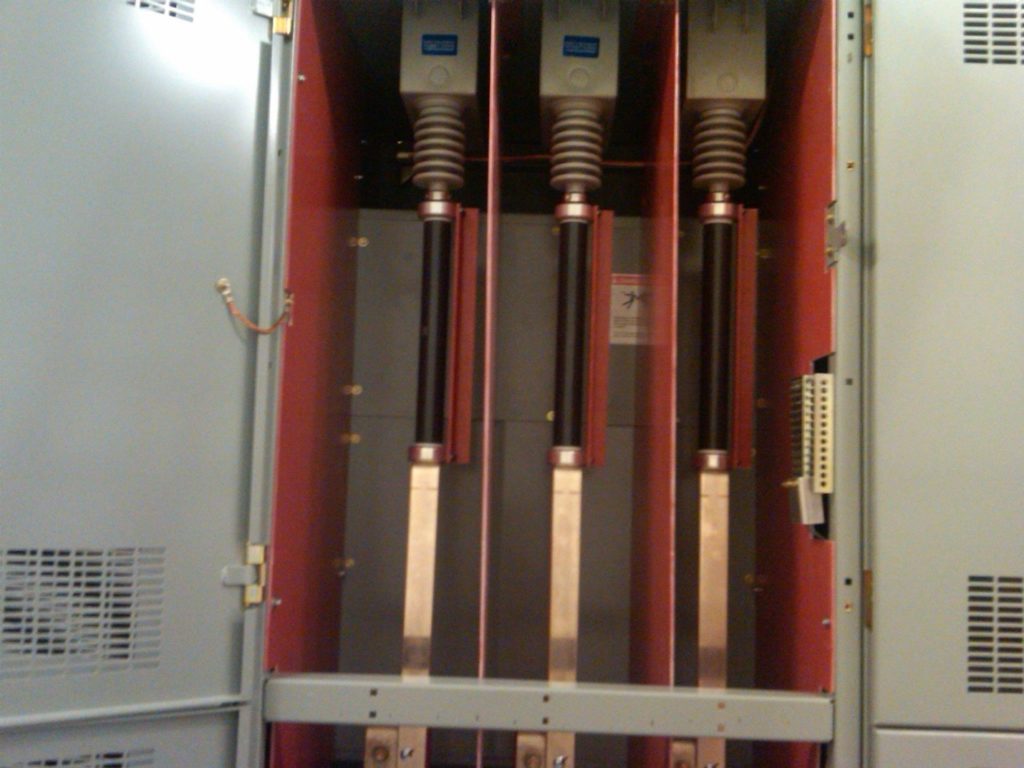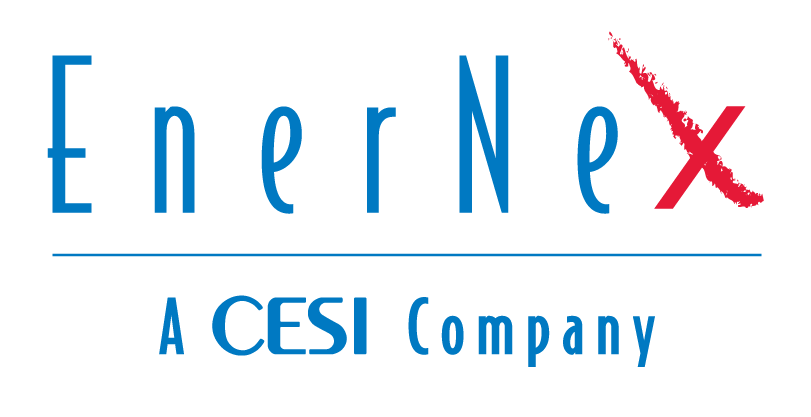Hospital Transformer Failure Transient Investigation
 By: Tom Grebe, Principal Consultant
By: Tom Grebe, Principal Consultant
tgrebe@enernex.com
865-770-4880
Power system apparatus, such as transformers, switchgear, and cables may be exposed to various types of transients. High-frequency transients and very steep overvoltages may cause problems for electrical equipment because they can cause local overstressing of the insulation system. Vacuum circuit breaker (VCB) opening-and-closing operations are a significant source of these high rate-of-rise (dv/dt) transients. In addition, dry-type transformers and motors are often more vulnerable to these transients due to their lower insulation level (BIL) ratings.
A high-frequency transient investigation was completed for a medical center in California. The purpose of the study was to investigate a transformer failure that occurred during commissioning of the facility. The principal objectives of the study were to determine transient overvoltages and evaluate mitigation alternatives for vacuum circuit breaker current chopping and pre-strike transients that were believed to have caused the transformer failure. The transient analysis was completed using the PSCAD®/EMTDC® simulation program.
The study included analysis of MOV surge arresters and other mitigation alternatives (e.g., R-C snubbers). Based on the analysis completed during the study, the hospital installed R-C snubbers (refer to Figure 1) at the switchgear terminals of the distribution circuits where the transformers were being switched. Properly-designed R-C snubbers reduce the initial rate-of-rise of the transient voltages, which is beneficial because severe dv/dt transient voltages can damage the first few turns of insulation of dry-type transformers and motors or excite internal transformer resonances producing severe overvoltages.
Vacuum circuit breakers are understood to be capable of initiating a phenomena described as current chopping. The physics of the vacuum circuit breaker allow for a smaller space to be utilized in the interruption of current in a vacuum. It is well-known that these devices can interrupt (chop) current. This is a different behavior than typical air circuit breakers, which normally allow current arcing following contact separation until a natural zero crossing occurs.
The current chopping phenomenon is generally not troublesome, however, there are specific circuit configurations that can cause problems. The most common configuration involves using vacuum interrupters to de-energize unloaded transformers or other highly inductive circuits. In this case, the inductive current to the transformer is interrupted, possibly causing high transient overvoltages. The current chopping analysis showed that severe transient overvoltages will occur if the vacuum circuit breakers chop current during opening.
Pre-strikes are a breakdown of the vacuum dielectric during closing of a vacuum circuit breaker. A pre-strike occurs when an arc current flows for a short period-of-time before mechanical contact closure. The pre-strike phenomenon is very complex and difficult to predict. The transient currents and voltages are dependent on many factors, such as circuit breaker characteristics, dielectric properties, surge impedance of the circuit components, and high-frequency current interrupting capability.
Transient voltages during pre-strikes are a result of the interaction (resonance) between a transformer inductance and a capacitive network. The susceptibility to the resonant frequency phenomena depends on cable lengths and other capacitive parameters and on the transformer inductance. The pre-strike analysis completed during the study showed the potential for high rate-of-rise transient voltages if the vacuum circuit breaker pre-strikes during closing.
The Power System Engineering group at EnerNex has extensive expertise performing power system studies investigating the high-frequency transients associated with vacuum circuit breaker operations. These studies often require use of sophisticated digital simulation tools (e.g., EMTP-RV, PSCAD). Computer simulations provide a convenient means to characterize transient phenomena, determine resulting problems, and evaluate possible mitigation alternatives.
Figure 1 – R-C Snubber Installed at Customer Facility


